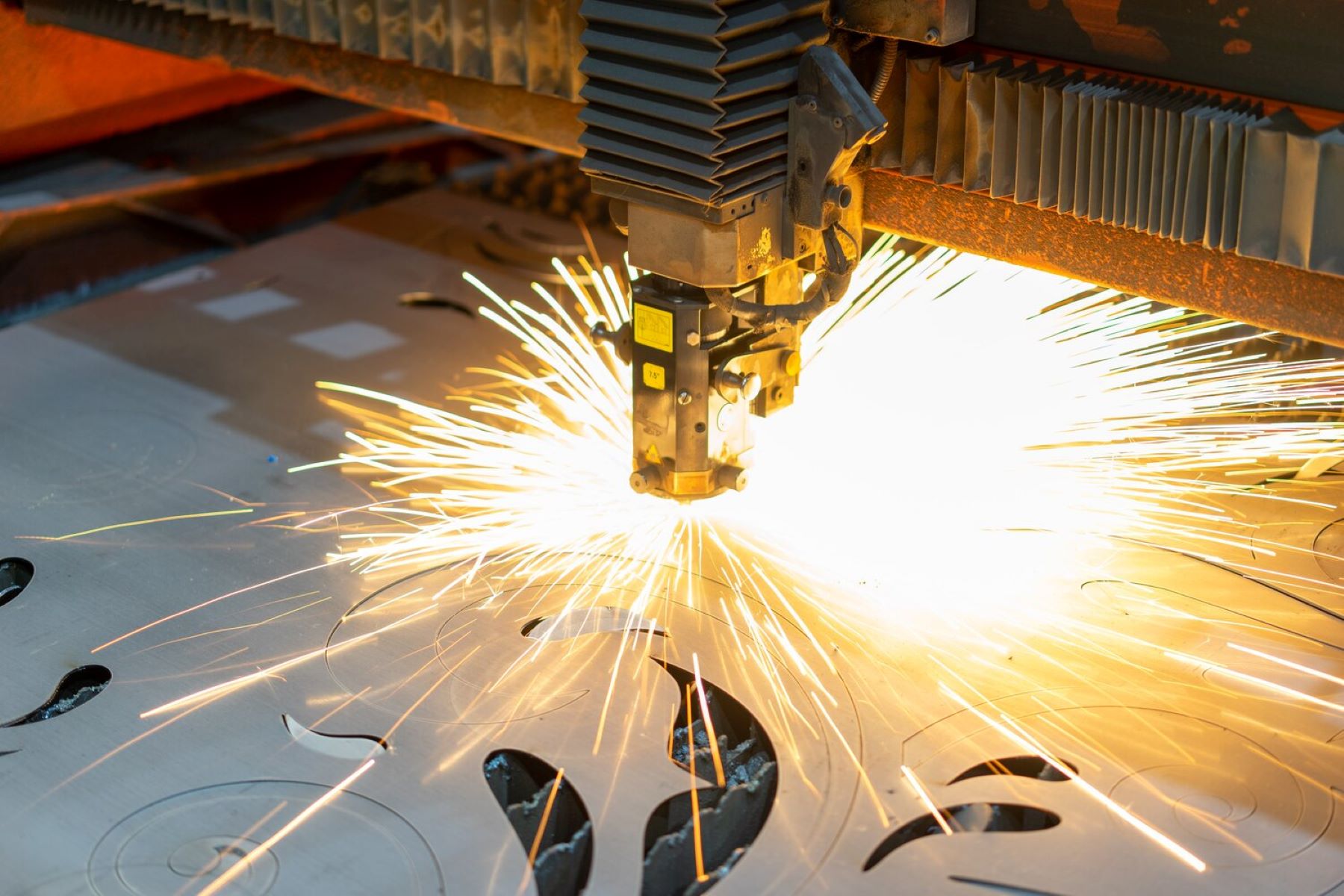
Laser cutting has revolutionized the manufacturing industry, providing a precise and efficient way to cut through various materials with incredible accuracy. Whether you’re a hobbyist, a designer, or an engineer, understanding the essentials of laser cutting is essential in harnessing its full potential. In this article, we will delve into 11 fascinating laser cutting facts that will broaden your knowledge and showcase the remarkable capabilities of this technology. From its historical roots to its diverse applications and benefits, we will explore the ins and outs of laser cutting and how it has undoubtedly become a game-changer in the world of fabrication. So, let’s dive in and uncover the secrets behind this transformative manufacturing process.
Key Takeaways:
- Laser cutting is a versatile and precise technology that can cut through various materials with clean edges, making it ideal for industries and artistic purposes.
- Laser cutting is fast, efficient, and environmentally friendly, with the ability to accommodate complex designs and provide a safe working environment for operators.
Laser cutting is a versatile technology
Laser cutting is a highly versatile technology that can be used on various materials such as metal, wood, acrylic, and more. The precision and accuracy of laser cutting make it an ideal choice for manufacturing industries, crafting, and even artistic purposes.
Laser cutting offers high precision
One of the major advantages of laser cutting is its ability to achieve high precision cuts. The laser beam can be controlled with great accuracy, allowing for intricate and detailed designs to be cut with ease. This level of precision makes laser cutting a popular choice for industries that require tight tolerances and exact measurements.
Laser cutting is a non-contact process
Unlike traditional cutting methods, laser cutting is a non-contact process. The laser beam does not physically touch the material being cut, reducing the chances of damage or contamination. This non-contact method also allows for greater flexibility in cutting various materials without the need for specialized tools.
Laser cutting is fast and efficient
Laser cutting is known for its speed and efficiency. The laser beam can cut through materials quickly, resulting in higher productivity and reduced production time. This makes laser cutting a cost-effective solution for industries that require large quantities of precise cuts.
Laser cutting provides clean and precise edges
With laser cutting, you can expect clean and precise edges on the cut material. The laser beam melts or vaporizes the material, resulting in smooth and neat edges without the need for additional finishing processes. This ensures a high-quality end product.
Laser cutting is environmentally friendly
Laser cutting produces minimal waste and is considered an environmentally friendly process. The precision of the laser allows for maximum material utilization, reducing scrap and minimizing the impact on the environment. Additionally, laser cutting does not require the use of harmful chemicals or solvents.
Laser cutting can accommodate complex designs
Thanks to its high precision and accuracy, laser cutting can accommodate complex designs with intricate details. This makes it a preferred choice for industries that deal with customized or intricate components.
Laser cutting is a contactless method for cutting heat-sensitive materials
Laser cutting is ideal for heat-sensitive materials like plastics and thin metals due to its contactless nature. The focused laser beam generates minimal heat on the surrounding material, minimizing the risk of warping or distortion.
Laser cutting allows for quick setup and changeover
Changing from one cutting pattern to another is a breeze with laser cutting. The set-up time is minimal, making it efficient for industries that require frequent design changes or small batch production.
Laser cutting offers scalability
Whether you require a single prototype or mass production, laser cutting offers scalability. The technology can be easily adapted to handle both small and large-scale production runs, making it suitable for various industries and applications.
Laser cutting is a safe process
Laser cutting machines come equipped with safety measures to ensure operator protection. These measures include enclosed workspaces, automated systems, and sensors that detect any anomalies. This ensures a safe working environment for operators.
Conclusion
In conclusion, laser cutting is a fascinating and versatile technology that offers numerous benefits across various industries. From its precision and speed to its ability to work with a wide range of materials, laser cutting has revolutionized the manufacturing and design processes. Whether you need intricate shapes, clean cuts, or personalized designs, laser cutting is an excellent choice. By understanding these 11 laser cutting facts, you’ll have a better appreciation for the capabilities of this technology and how it can enhance your projects.
FAQs
1. What is laser cutting?
Laser cutting is a process that uses a high-powered laser beam to cut through a wide range of materials with precision.
2. What materials can be cut with lasers?
Laser cutting can be used on various materials, including metal, wood, acrylic, paper, fabric, and more.
3. How does laser cutting work?
Laser cutting works by directing the laser beam through a series of mirrors and lenses to focus it on the material, creating a high-intensity heat that melts or vaporizes the material along the desired cutting path.
4. What are the advantages of laser cutting?
The advantages of laser cutting include high precision, fast cutting speed, versatility, minimal material waste, and the ability to create complex designs with intricate details.
5. Is laser cutting safe?
When operated correctly, laser cutting is a safe process. However, it is essential to follow safety guidelines and wear appropriate protective equipment.
6. Can laser cutting be used for engraving?
Yes, laser cutting can also be used for engraving designs, logos, text, or patterns onto various surfaces.
7. Are there any limitations to laser cutting?
While laser cutting is highly versatile, there are some limitations, such as the thickness of the material that can be cut and the potential for heat damage to certain materials.
8. What industries use laser cutting?
Laser cutting is widely used in industries such as manufacturing, automotive, aerospace, jewelry, signage, and architecture, among others.
9. Can laser cutting be used for prototyping?
Yes, laser cutting is commonly used for prototyping due to its precision and ability to quickly create intricate designs.
10. Is laser cutting expensive?
The cost of laser cutting depends on various factors, including the material, complexity of the design, and size of the project. However, it is generally considered a cost-effective solution for its precision and efficiency.
11. Can I learn laser cutting?
Yes, there are numerous resources available for learning laser cutting, including online tutorials, classes, and workshops. With practice and guidance, anyone can become proficient in laser cutting.
Laser cutting offers precision, versatility, and efficiency for various applications. After learning about this fascinating technology, why not explore other interesting topics? Prepare for emergencies with a well-stocked first aid kit, enjoy the smooth taste of cold brew coffee made at home, or protect your smartphone investment with a high-quality screen protector. Discover more engaging articles that cater to your diverse interests and needs.
Was this page helpful?
Our commitment to delivering trustworthy and engaging content is at the heart of what we do. Each fact on our site is contributed by real users like you, bringing a wealth of diverse insights and information. To ensure the highest standards of accuracy and reliability, our dedicated editors meticulously review each submission. This process guarantees that the facts we share are not only fascinating but also credible. Trust in our commitment to quality and authenticity as you explore and learn with us.


